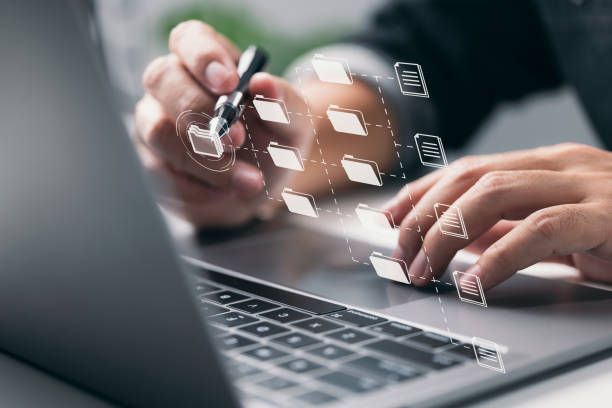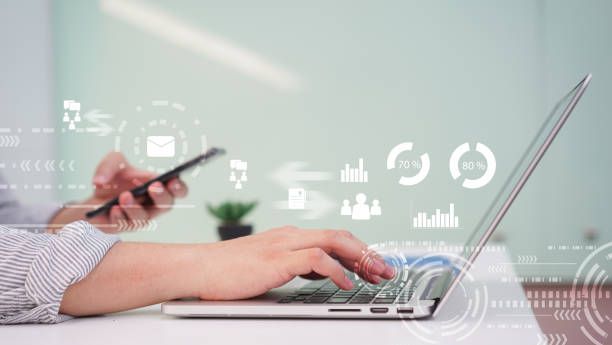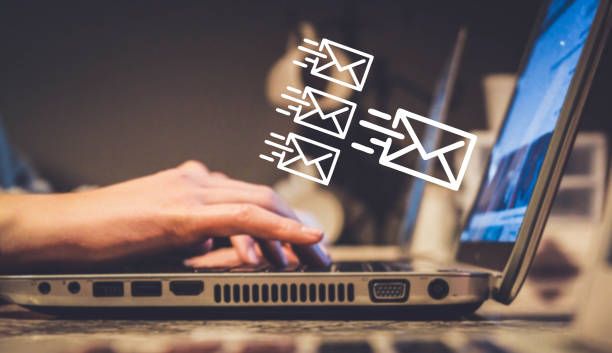In today's digital age, email has become an essential communication tool that connects people across the globe. However, the sheer volume of emails we receive can sometimes feel overwhelming, making it crucial to develop effective email management skills. As an expert in email communication, I'm here to guide you through the art of email check, offering valuable insights and expert advice to help you streamline your email management process. In this comprehensive article, we will explore various strategies, tools, and techniques to master email check, stay organized, and enhance your overall productivity.
Understanding the Importance of Email Check

Email check refers to the process of regularly reviewing and managing the emails in your inbox. It is an essential practice that allows you to:
- Stay Updated: By checking your emails regularly, you ensure that you stay informed about important messages, announcements, and updates.
- Respond Promptly: Timely responses are crucial for effective communication. Checking your emails frequently enables you to reply promptly and maintain strong professional or personal relationships.
- Prioritize Tasks: By checking your emails, you can identify urgent matters, prioritize tasks, and allocate your time and resources efficiently.
Optimizing Your Email Checking Routine

- Establish a Schedule: Set specific times throughout the day to check your emails. This prevents constant interruptions and allows you to focus on other essential tasks without neglecting your inbox.
- Apply the Two-Minute Rule: When you open an email, if you can respond or complete the task within two minutes, do it immediately. This helps you avoid accumulating a backlog of small tasks that can become time-consuming later.
- Utilize Email Filters and Labels: Take advantage of email filters and labels to automatically categorize incoming messages. This helps you organize your inbox, identify important emails at a glance, and filter out irrelevant or low-priority messages.
- Unsubscribe and Manage Subscriptions: Regularly review your subscriptions and unsubscribe from newsletters or mailing lists that no longer provide value. This helps reduce email clutter and ensures that your inbox is filled with relevant and meaningful messages.
- Leverage Email Productivity Tools: Explore email productivity tools such as email plugins or extensions that offer features like email tracking, snooze, or scheduling. These tools can streamline your email management process and enhance your overall efficiency.

Ensuring Email Security and Privacy

- Use Strong Passwords: Protect your email accounts by using strong, unique passwords that are difficult to guess. Avoid using common phrases or personal information and consider using a password manager to securely store your passwords.
- Enable Two-Factor Authentication (2FA): Implementing 2FA adds an extra layer of security to your email accounts. It requires a secondary verification step, such as a temporary code sent to your mobile device, to access your emails.
- Beware of Phishing Attacks: Be vigilant of phishing emails that attempt to trick you into providing sensitive information. Verify the legitimacy of the sender and avoid clicking on suspicious links or downloading attachments from unknown sources.
- Regularly Update Software and Antivirus Programs: Keep your email client, operating system, and antivirus software up to date to ensure you have the latest security patches and protection against potential vulnerabilities.
Frequently Asked Questions:
Q1: How often should I check my emails?
A1: The frequency of email checking depends on your personal and professional requirements. Aim to check your emails at least once or twice a day, adjusting the frequency based on the urgency and volume of incoming messages.
Q2: What can I do to manage email overload?
A2: To manage email overload, prioritize your inbox by addressing urgent messages first, utilizing filters and labels to categorize emails, and setting boundaries for email checking to prevent constant interruptions.
Q3: Are there any tools to help me manage my emails more effectively?
A3: Yes, several tools and email clients offer features to enhance email management. Examples include email plugins/extensions like Boomerang, mailbox organizers like SaneBox, and task management integrations like Todoist.
Conclusion:
Mastering email check is crucial for maintaining effective communication, staying organized, and maximizing productivity. By implementing the strategies and techniques outlined in this comprehensive guide, you can streamline your email management process, reduce clutter, and ensure prompt responses to important messages. Embrace the power of efficient email check and take control of your inbox to achieve professional success and a better work-life balance.

